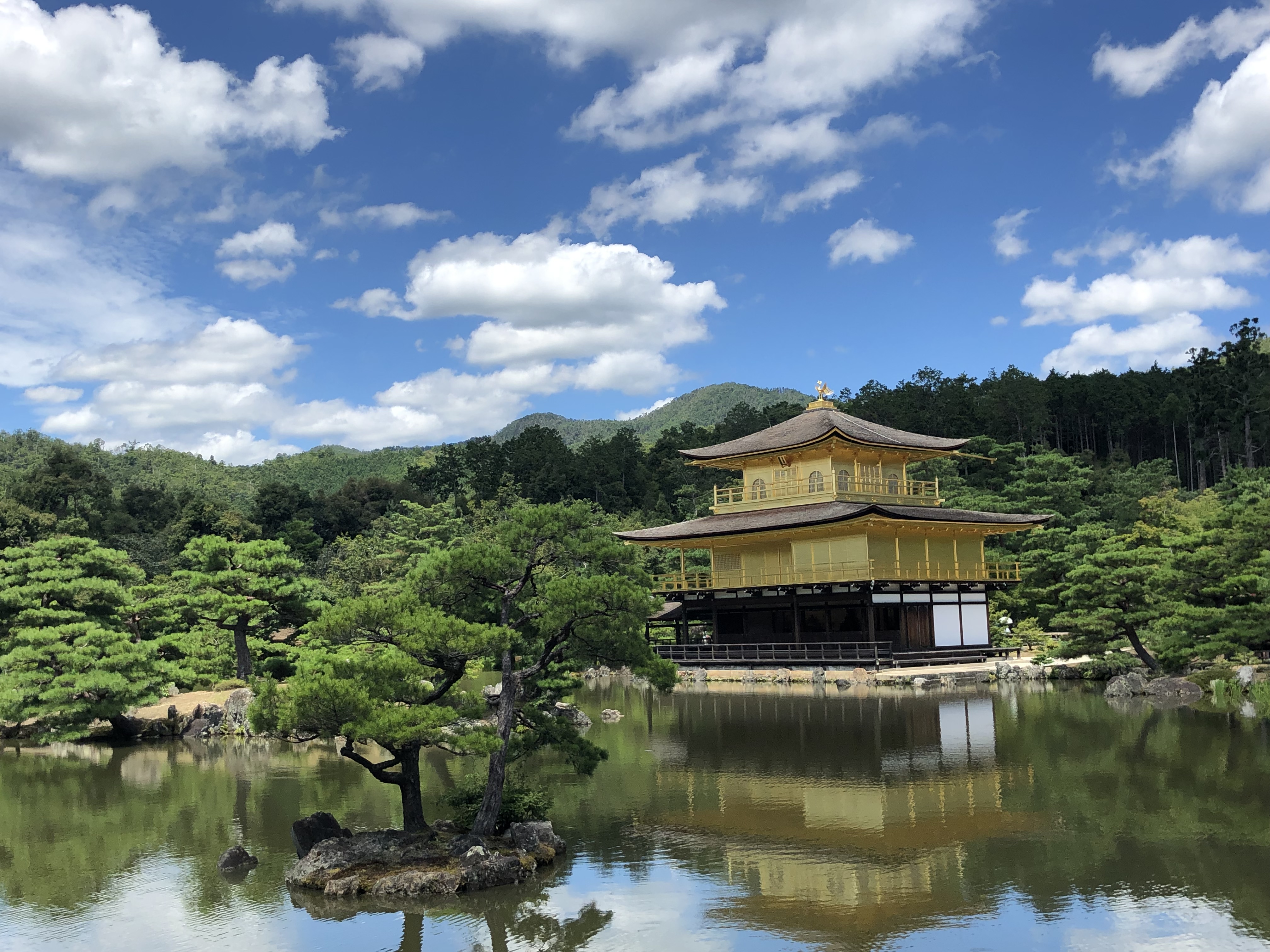You turn the corner and there it is. Past the bustle of tour groups and wobbling selfie sticks lies the definition of tranquility – a golden glistening structure at the centre of an untouched green-blue landscape. A slice of peace. By contrast in fact, all the touristy commotion simply reinforces the calm – the eye in the middle of a modern storm.
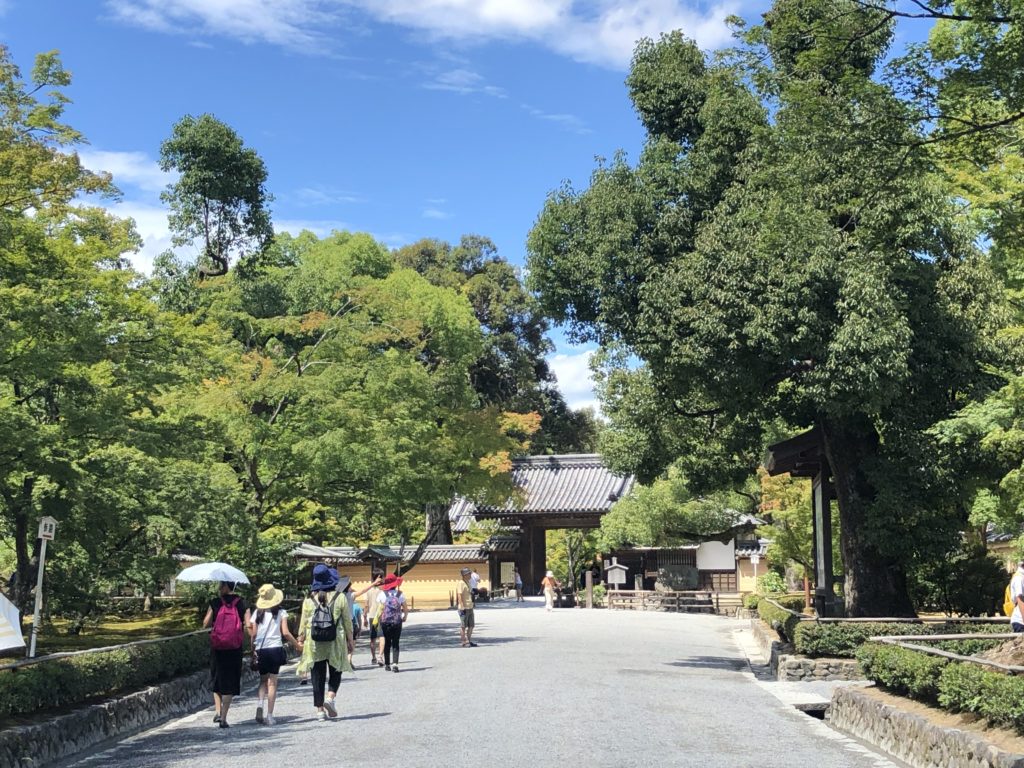

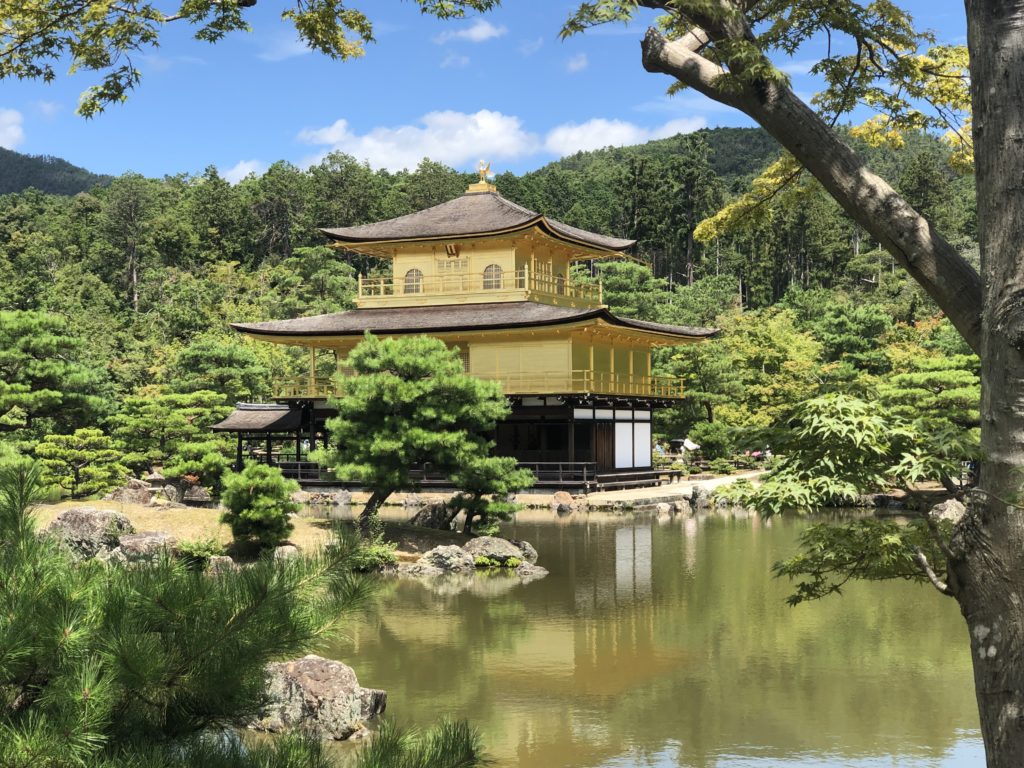
“Kinkaku” means the Golden Pavilion. It is a key structure in the Buddhist temple area called Rokuon-ji, or “Deer Garden Temple” (although it is often simply referred to as Kinkaku-ji, or “the Temple of the Golden Pavilion”). Kinkaku has an interesting history. The land was bought by a shogun, Ashikaga Yoshimitsu, in 1397. On it, he build his own retirement villa, with Kinkaku functioning as his official guesthouse. Together with landscaped gardens, the area was said to represent the Pure Land of Buddha in this world, and the guesthouse attracted emperors and nobles. Upon Yoshimitsu’s death, in keeping with his will, the villa and its surroundings were converted into a Buddhist temple. Since then, Kinkaku has functioned as a “shariden”, a Buddhist hall containing relics of the Buddha.
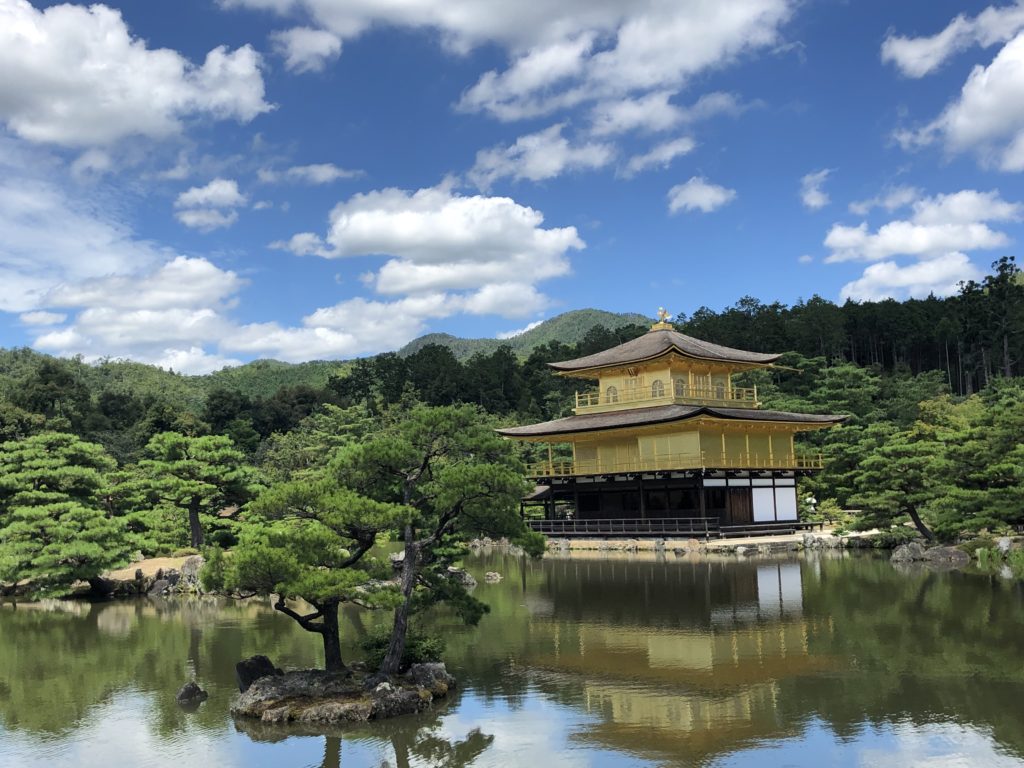
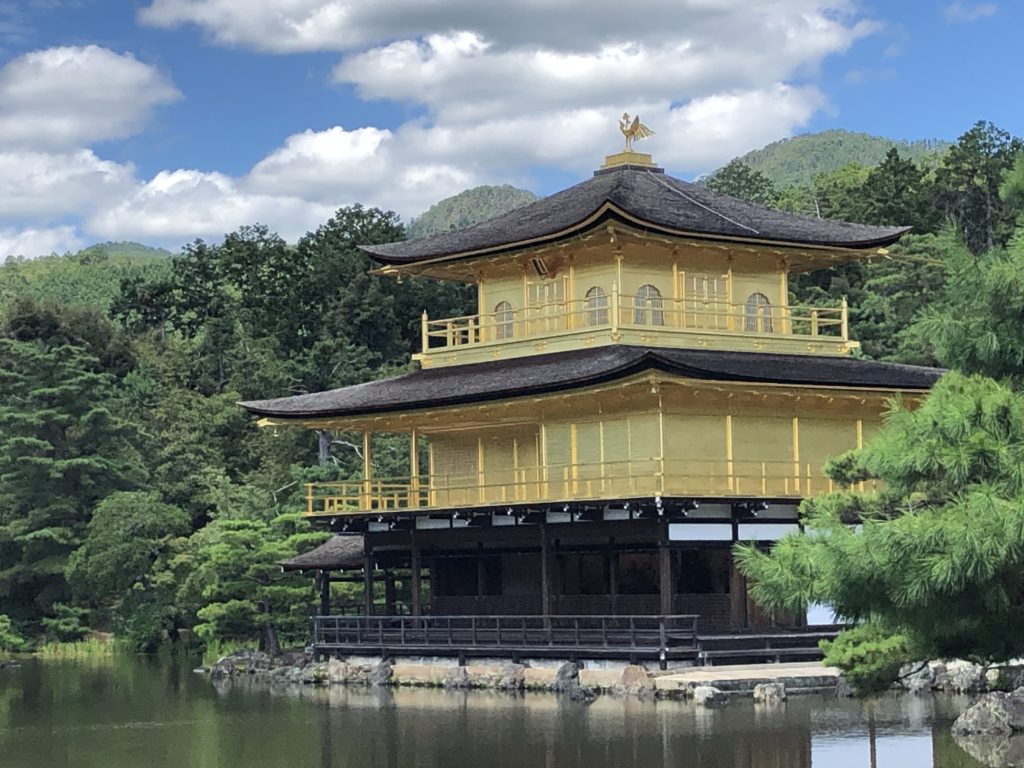
The pavilion has three floors, each representing a different architectural style. The first floor is built in the Shinden style for palace buildings (11th century), with natural wood pillars and white plaster walls. The level is open-air, and one can just make out statues of the Buddha and of Yoshimitsu from the outside. The second floor is built in the Bukke style used in samurai residences. It houses various Buddhist statues and its exterior is completely covered in gold leaf. The third floor is build in the style of a Chinese Zen Hall, also covered with gold leaf on lacquer. Apparently, the gold was used symbolically to negate any ill-feelings towards death. The shingled roof is topped with a statue of a golden phoenix.
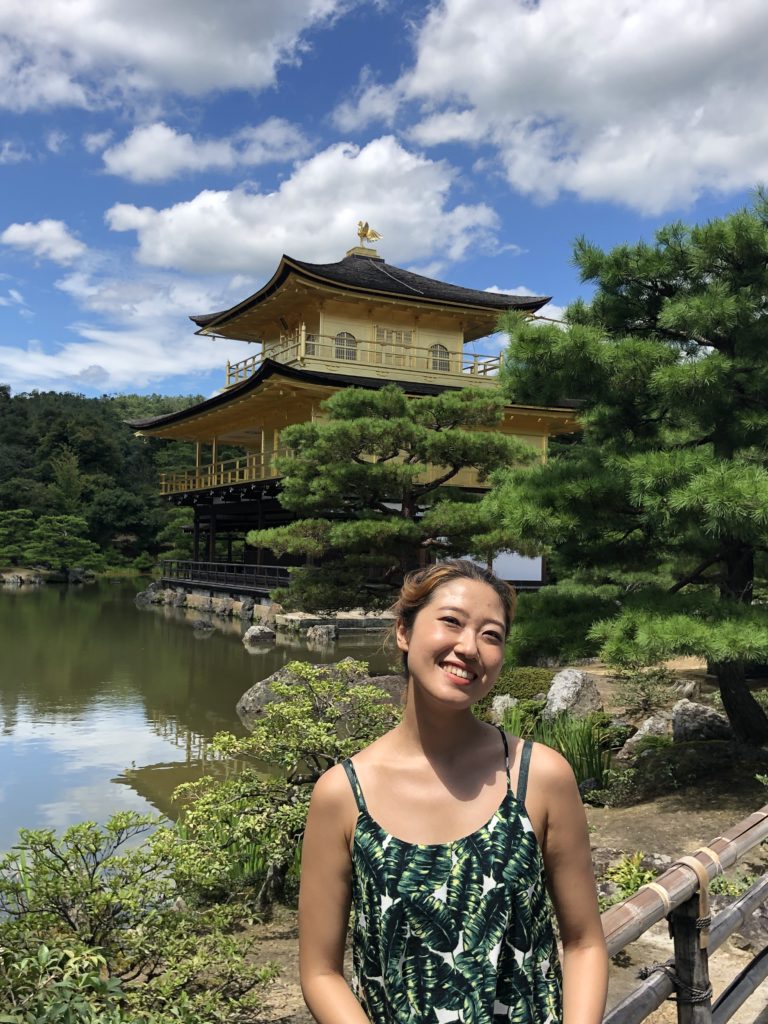
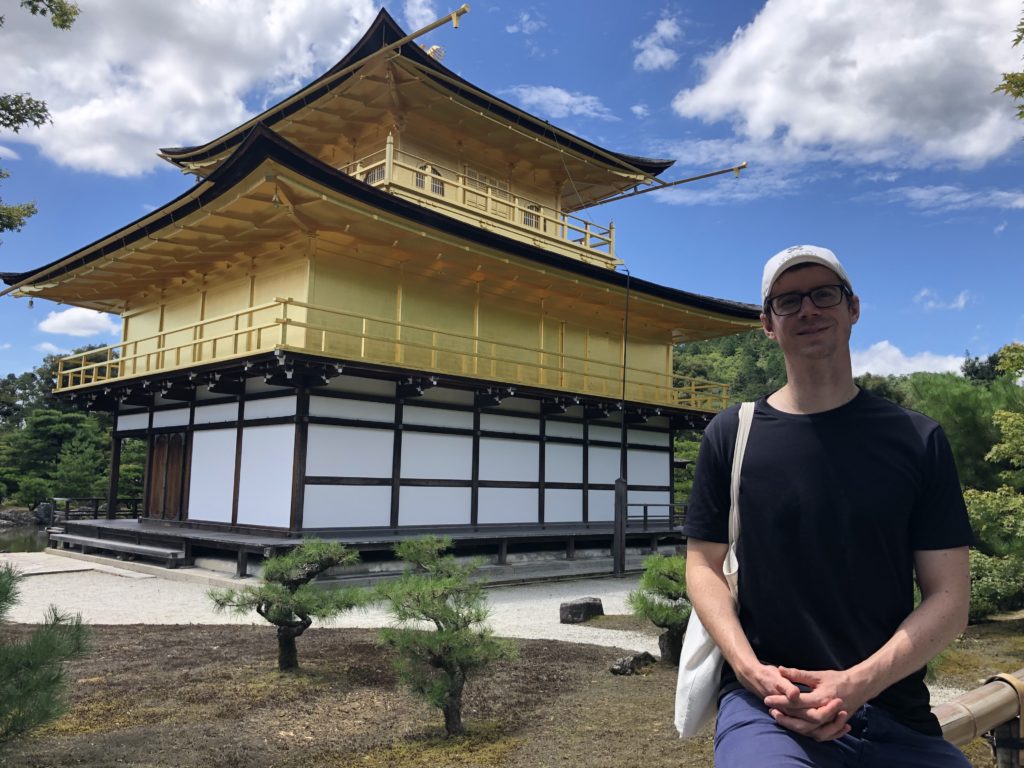
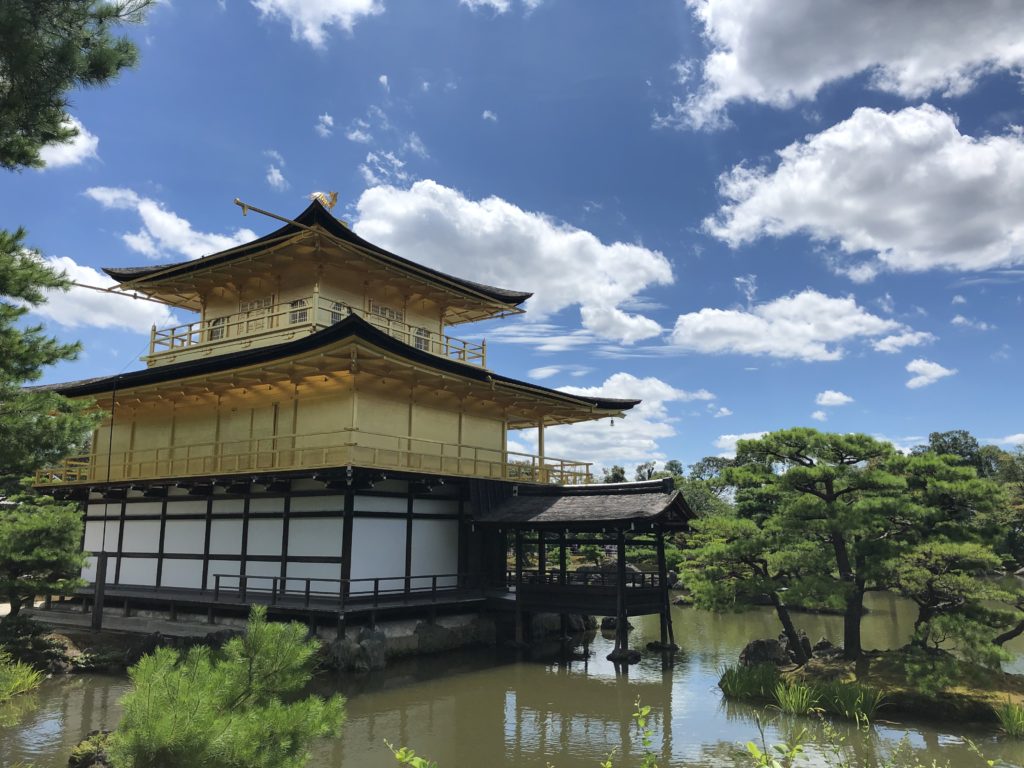
As with any old wooden building, Kinkaku has burned down numerous times in its history. The present building dates back to 1955, rebuilt after a crazy novice monk burned it down (a shocker of an HR decision).
The gardens in the temple area are beautiful with a number of interesting things to see. We liked the simple detached teahouse, called Sekkatei (“Place of Evening Beauty”), built in the Edo period.
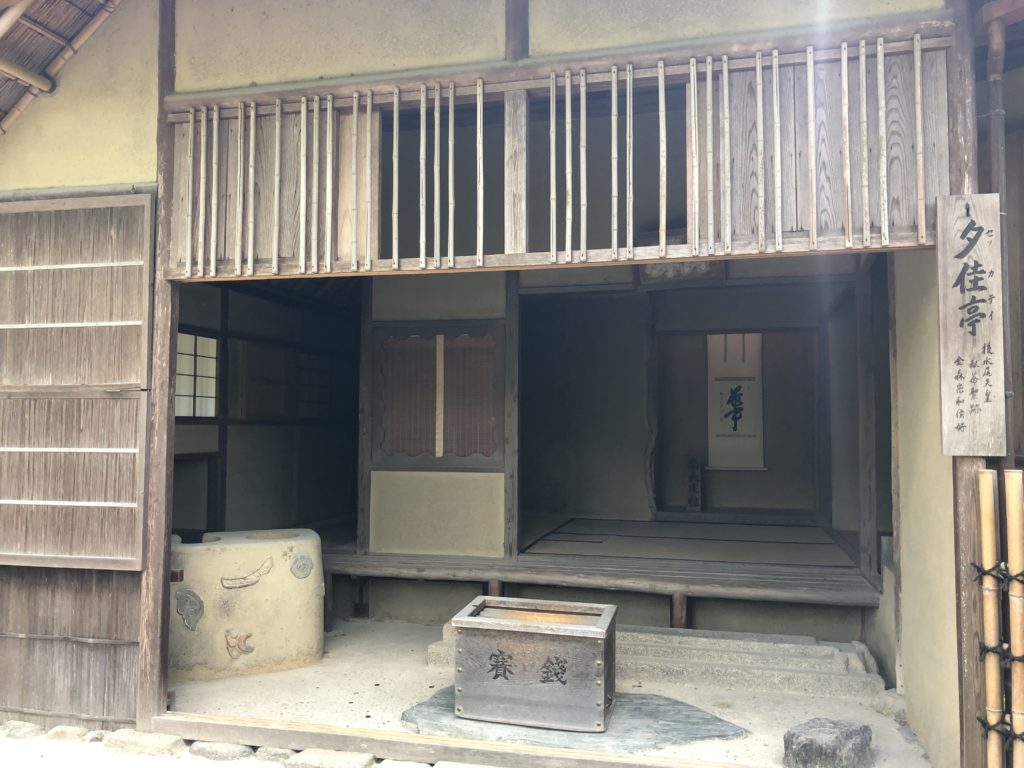
Getting there is tough. Kinkaku-ji is located in northwest Kyoto, with no good subway connections. Taking the bus is the only public transport option, but luckily there are plenty of bus routes. Note that you need exact change handy when riding the buses in Kyoto – usually Y230 per person per trip – which you drop in the machine near the driver when you exit.
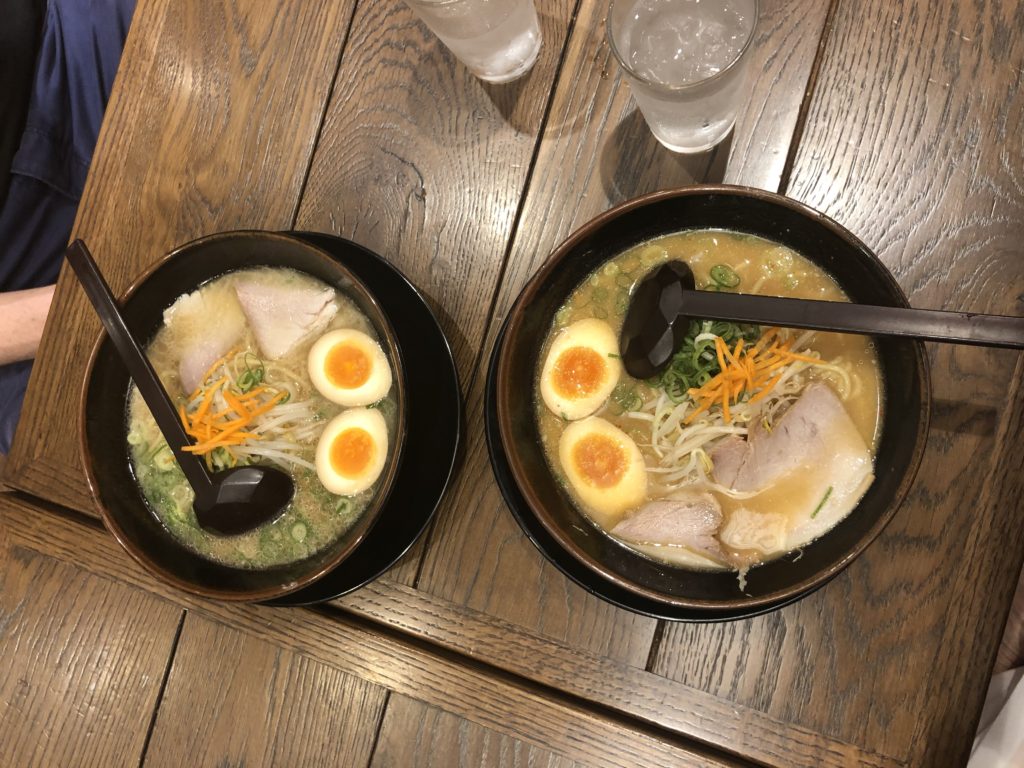
Kyoto Train Station is a huge 15-story glass & steel complex – one of Japan’s largest buildings. While it looks very modern (and a little bizarre), it was designed by Japanese architect, Hiroshi Hara, and completed back in 1997. It houses a shopping mall, a hotel, a theatre, and an Isetan department store, along with tourist information spots.
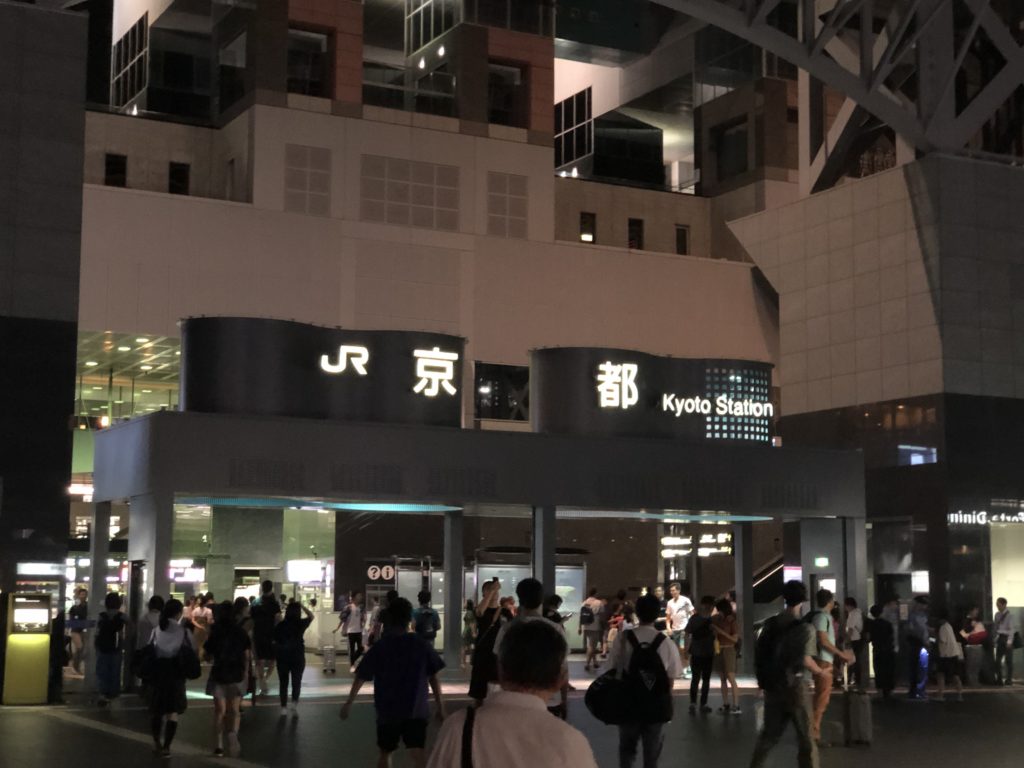
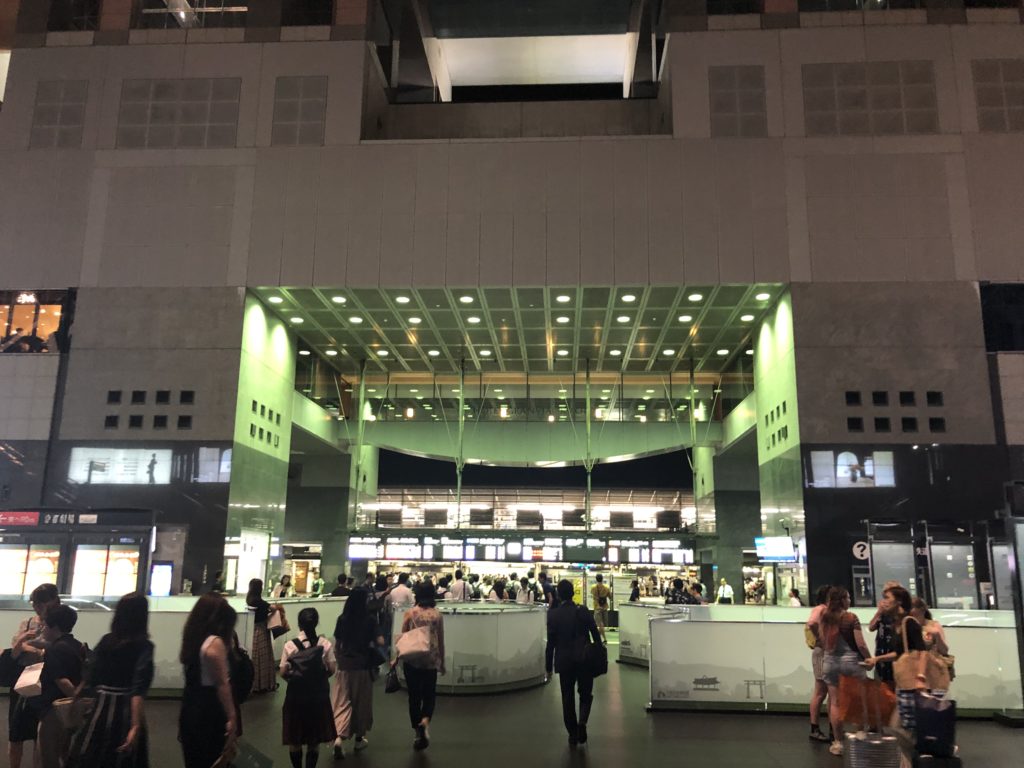
From the main central plaza inside the building, if you travel westwards up about 10 escalators (or alternatively up the “Grand Stairway”, used in a spring-time foot race), you can reach the “Sky Garden & Happy Terrace” on the 15th floor. It’s a pleasant place with some good views of Kyoto.
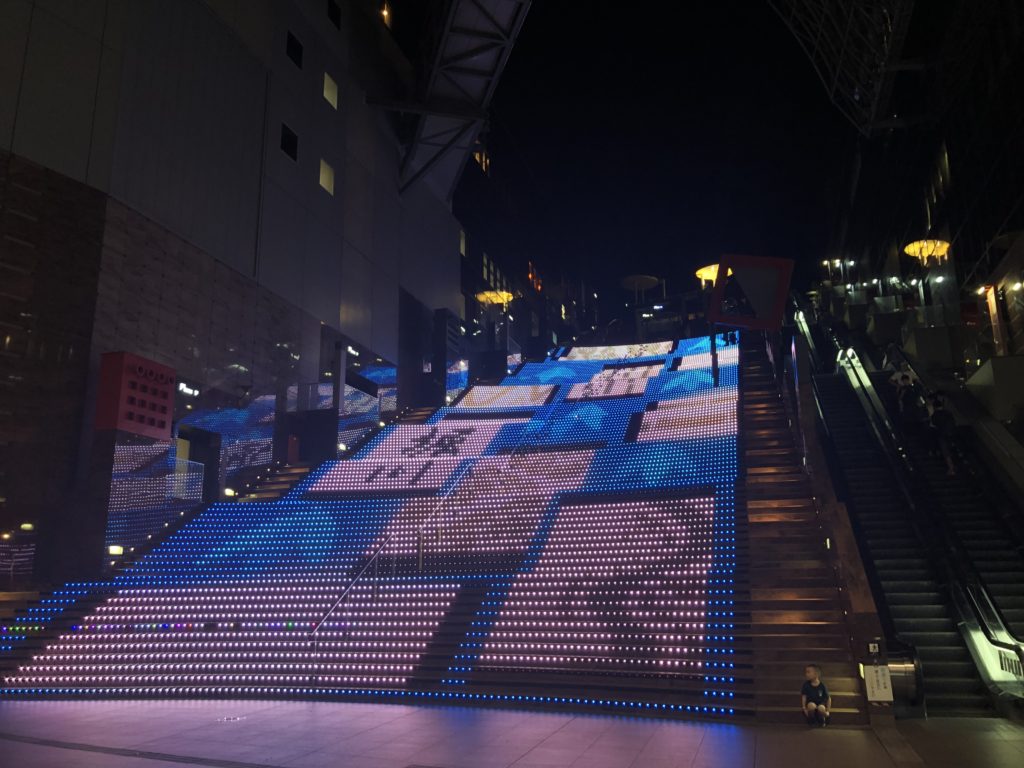
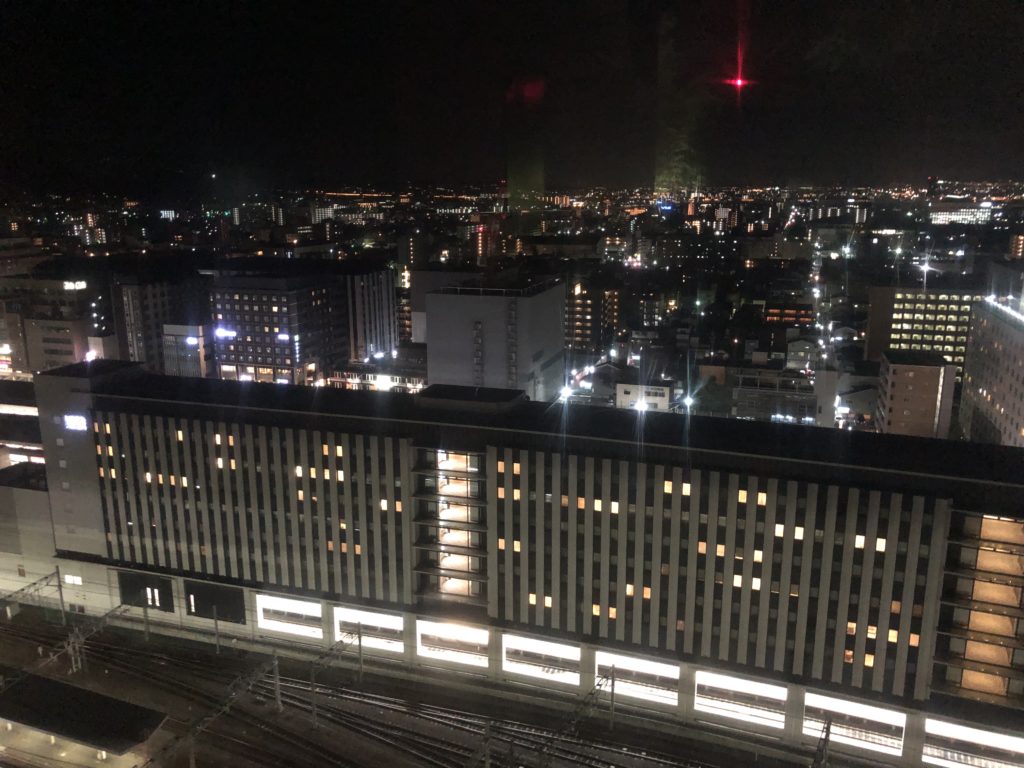
A short walk north from the station, we explored the enormous Yodobashi Camera store which despite the name seems to offer every electronic product and every toy known to man. The store was vast. One noticeable thing is how much writing (stickers & posters) is used to sell products here. Take a look at the lighting offerings and washing machines below – chaos…
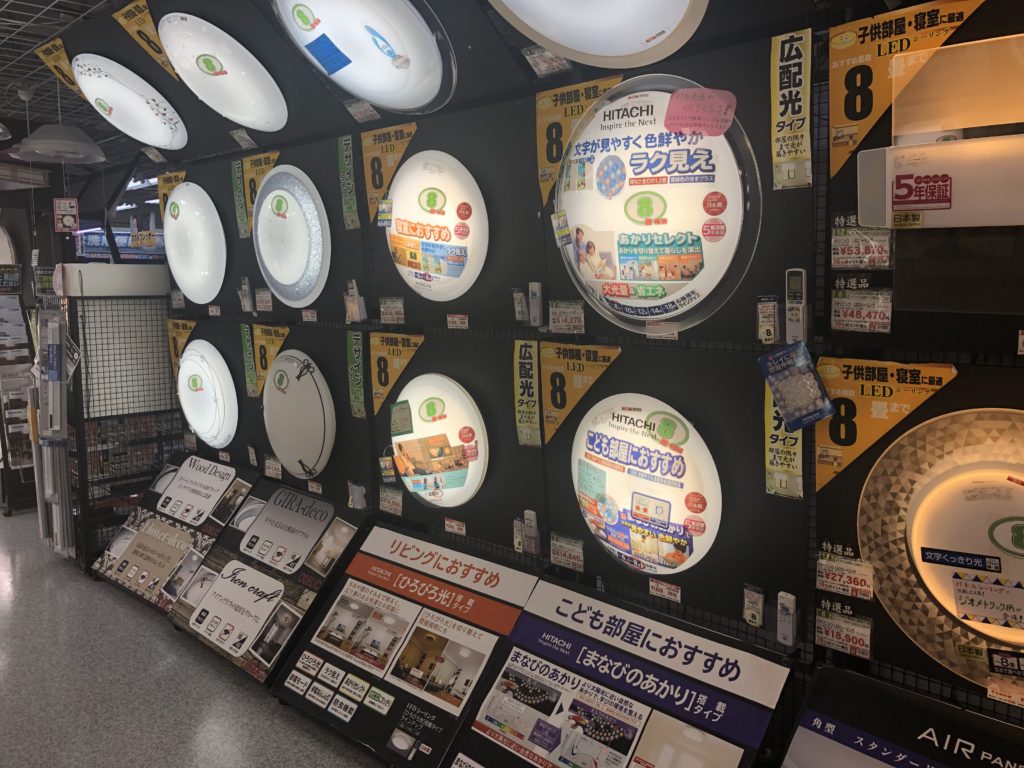
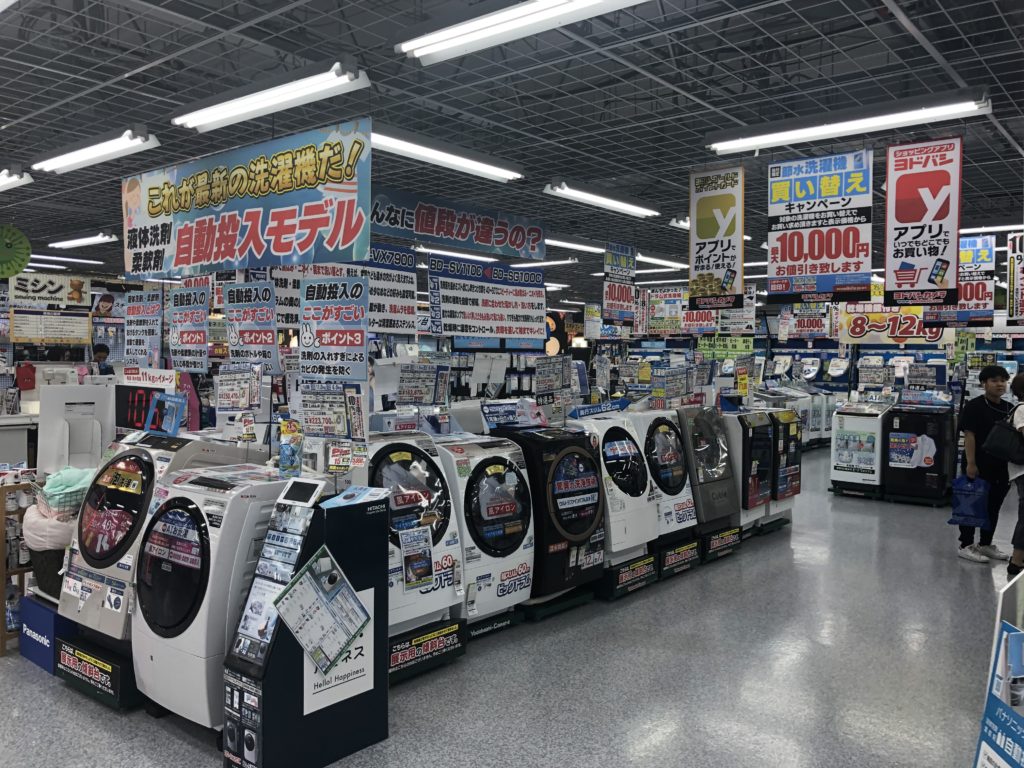
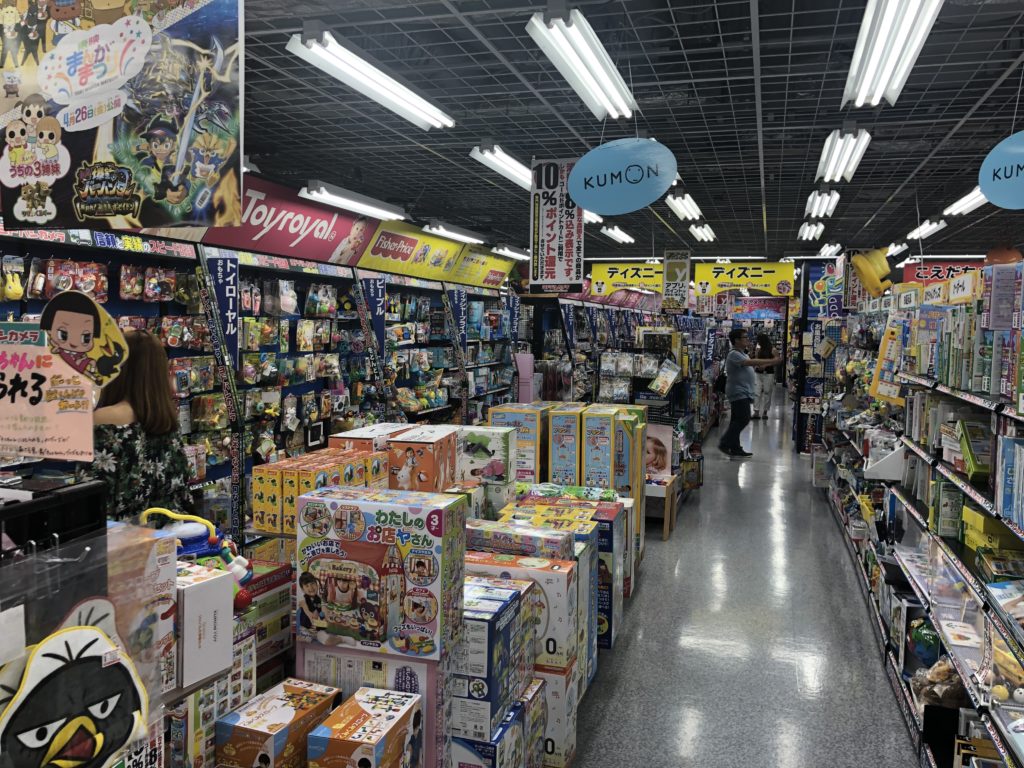

Some of the music promotions look a little strange in Japan.
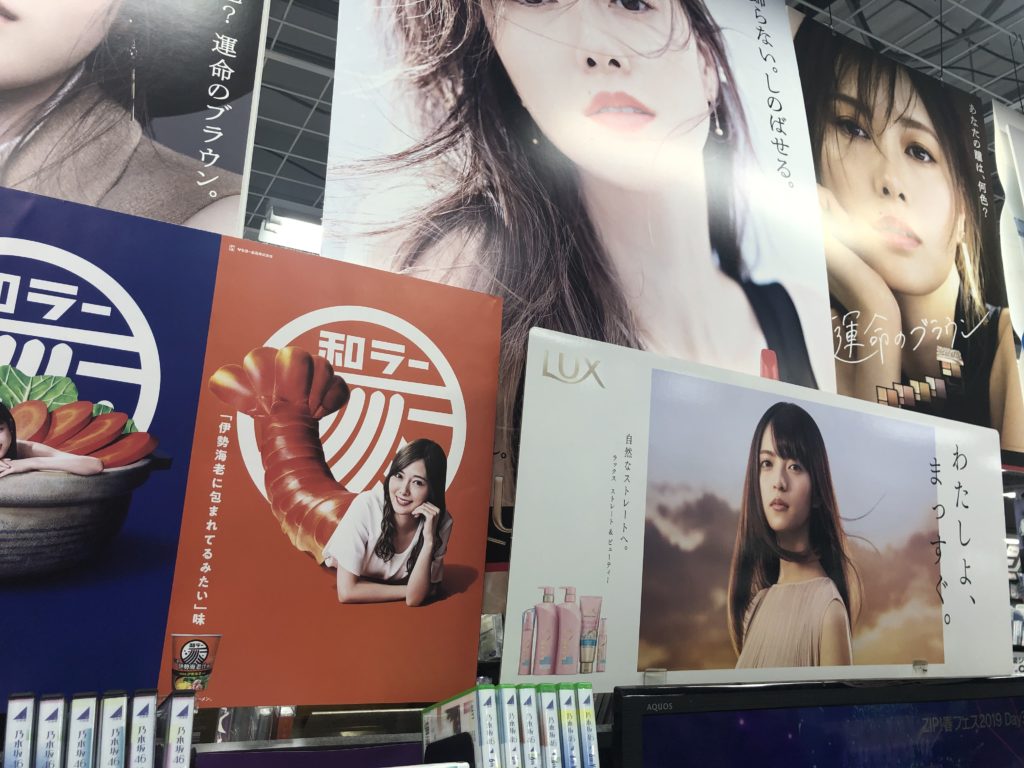
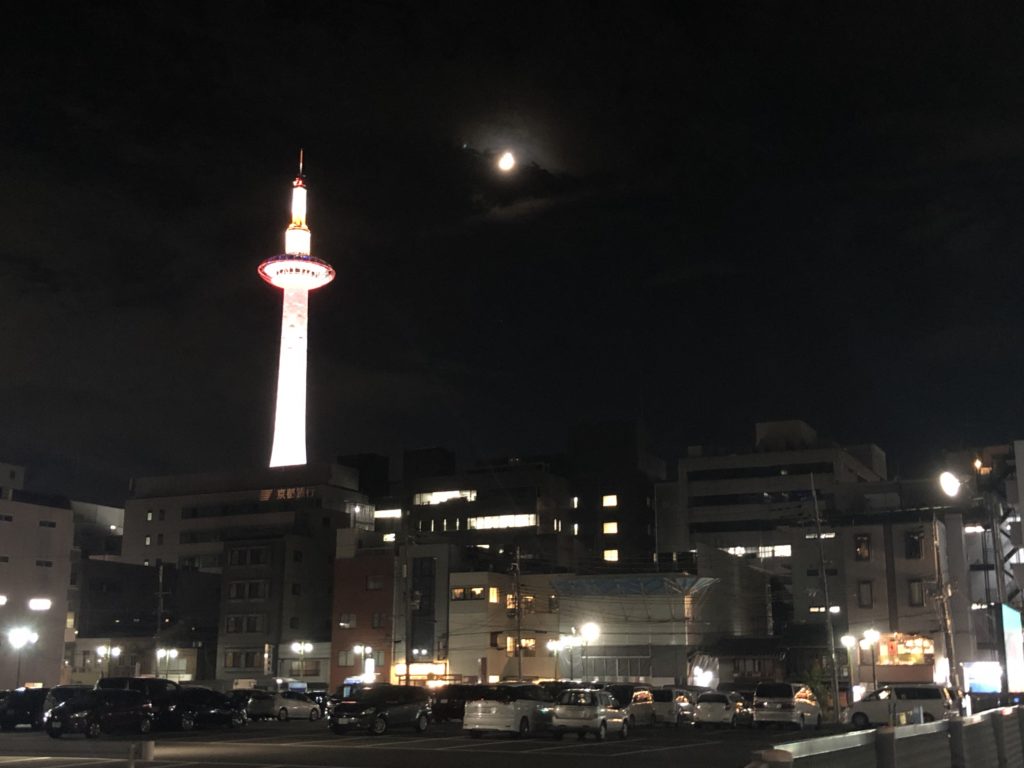
Kyoto is a contrast of old historically-significant Japan and contemporary Japan – both equally fascinating. It really is interesting travel – the type that sparks fresh thoughts and ideas. That, i guess, is what travel is all about.
On we go…

